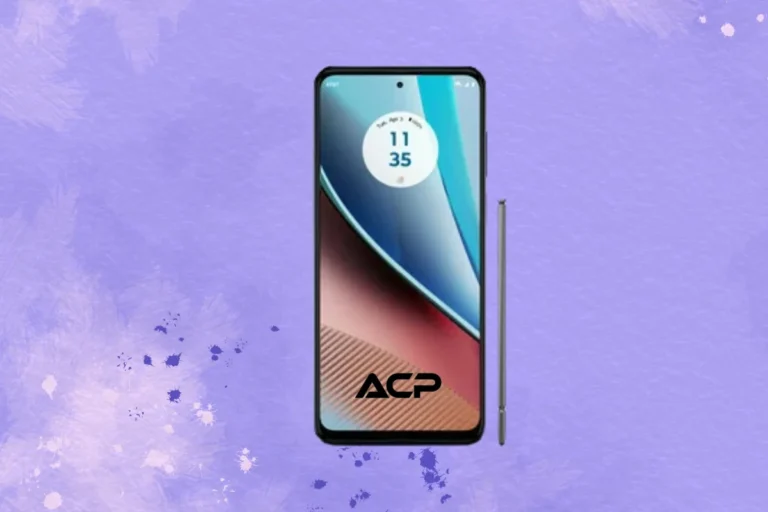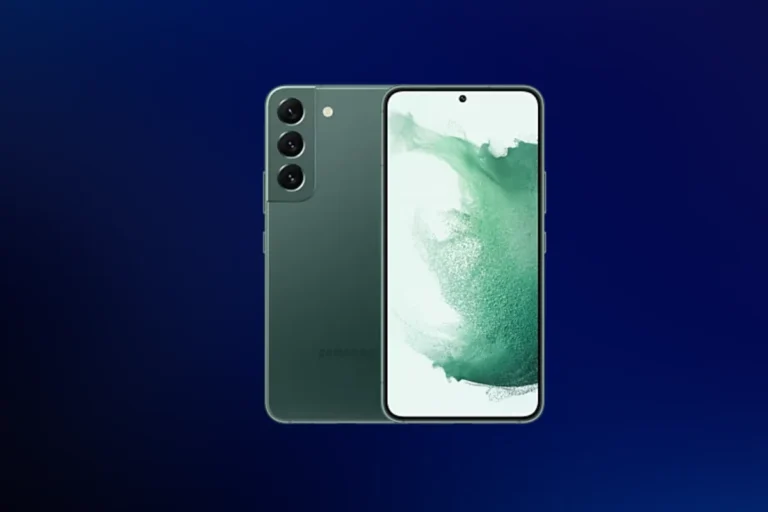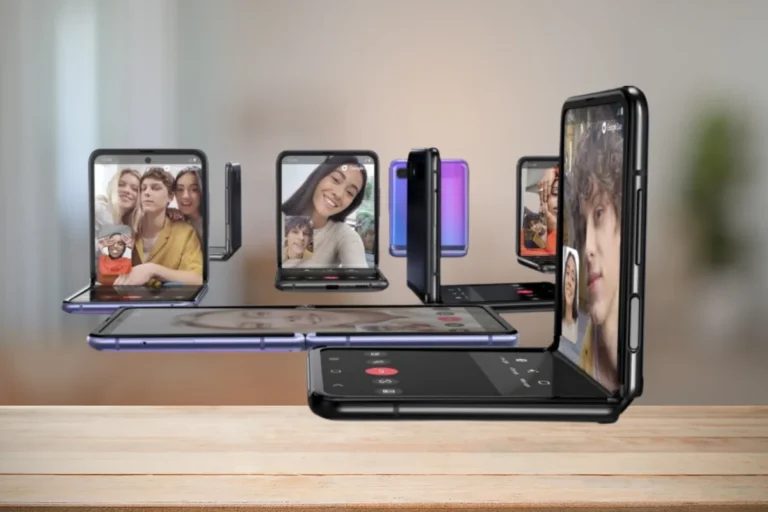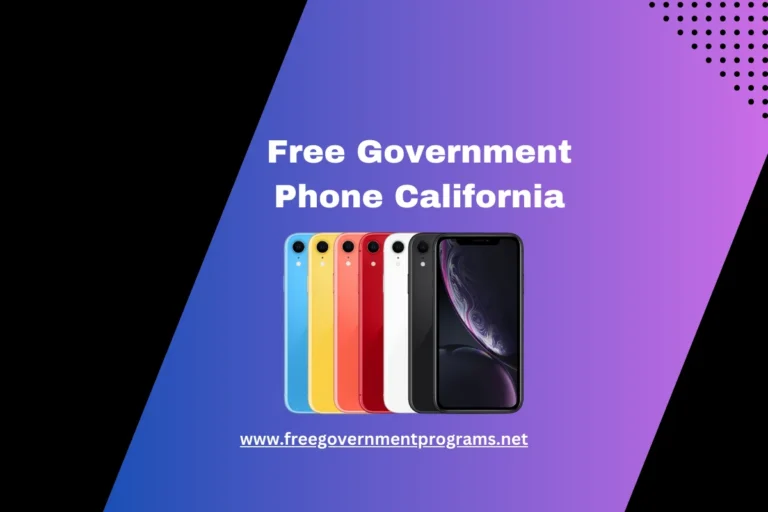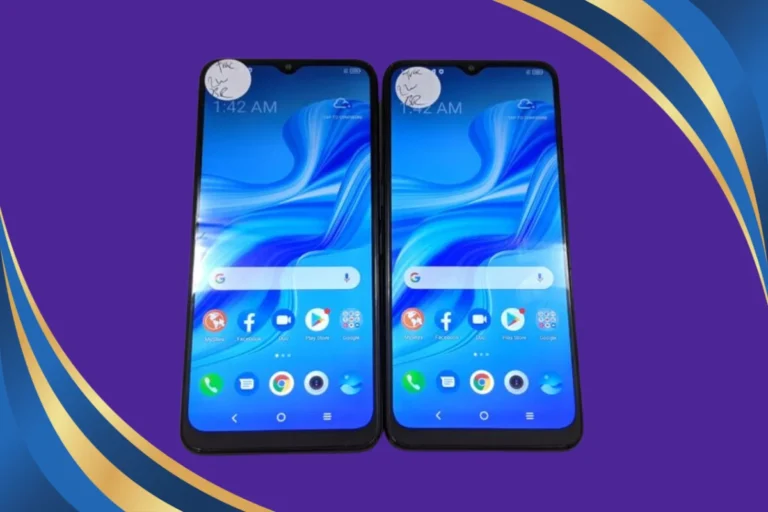AT&T Free Government Phone – Find Out If You’re Eligible
AT&T, for American Telephone and Telegraph Company, is a big telecommunications company in the United States. It’s one of the oldest and largest telecom companies worldwide, starting back in 1885. AT&T has been a key player in shaping how we communicate, especially in the U.S. It’s been part of the telecommunications industry’s growth and has a long history of providing various communication services. Moreover, it contributed to the development and expansion of connectivity over the years. The article examines the AT&T and its features. Moreover, the process of getting AT&T Free Government Phone will also be discussed.
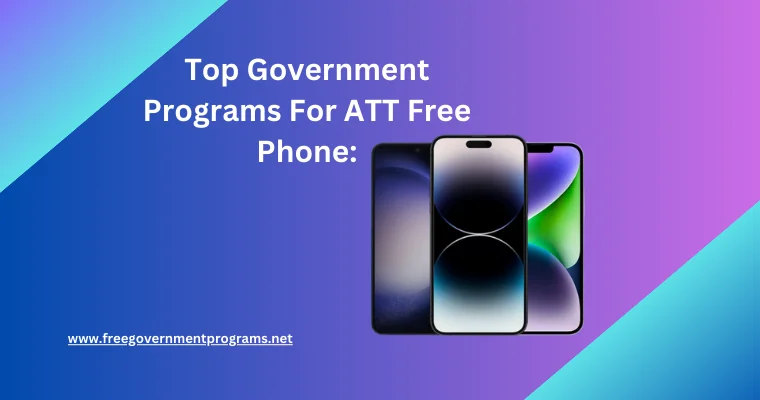
Corporate History:
AT&T has undergone various transformations and mergers throughout its history. Notably, it was once a government-regulated monopoly and operated as the sole provider of telephone services in the United States. The company went through significant divestitures and restructuring.
That led to the formation of regional “Baby Bells.” Later on, there was a reconsolidation of some of these entities under the AT&T brand. The dynamic history reflects the evolution of the telecommunications industry and AT&T’s role in shaping it over the years.
Top Government Programs For AT&T Free Phone:
AT&T is part of the Lifeline Assistance Program. That is a government effort to make phone services affordable for those with low incomes. The program isn’t just for AT&T; it includes many telecom companies. To qualify for Lifeline and potentially get a free phone from AT&T, individuals can be part of government assistance programs.
These programs are SNAP, Medicaid, SSI, Federal Public Housing Assistance, and more. The programs help people with various needs, and being part of them can make you eligible for the Lifeline Program. That’s why they connect you with essential communication services through providers like AT&T.
- Supplemental Nutrition Assistance Program (SNAP): SNAP, previously known as food stamps. It assists people and families with low incomes in buying food.
- Medicaid: Medicaid is a federal and also the state program. That provides health coverage to low-income individuals, including families with children and pregnant women. Additionally, elderly adults and people with disabilities can also benefit from this.
- Supplemental Security Income (SSI): SSI is a federal program that provides financial assistance to disabled adults and children who have limited income and resources.
- Federal Public Housing Assistance: The program is often referred to as Section 8. It assists low-income individuals and families in getting affordable housing.
- Veterans Pension and Survivors Benefit: Certain veterans and their surviving spouses may be eligible for government assistance programs, including Lifeline.
- Bureau of Indian Affairs General Assistance: The program provides financial assistance to eligible American Indian and Alaska Native families and individuals.
- Tribally Administered Temporary Assistance for Needy Families (Tribal TANF): Tribal TANF assists Native American families in need.
- Food Distribution Program on Indian Reservations (FDPIR): The program offers USDA foods to households with qualifying income residing on Indian reservations.
Understand The Eligibility For The Lifeline Program
It’s important to understand the eligibility for the Lifeline Program. That is based on meeting particular income requirements or being part of specific government assistance programs. The mentioned programs serve as examples, and the exact criteria might differ from one state to another.
Additionally, eligibility and benefits for the Lifeline Program can change, so staying informed is essential. For the latest information, it is recommended to check the official Lifeline website or reach out to AT&T directly.
Lifeline Program Participation:
AT&T participates in the Lifeline Program, a federal initiative. That provides discounted or free phone services to eligible low-income individuals and families. Moreover, the program aims to promote universal access to essential communication services.
Overall, AT&T holds a major position in both the telecommunications and media sectors. Due to providing a wide range of services to millions of customers, the company remains flexible in adapting to the ever-changing landscape of technology and communication. Through this adaptability, AT&T plays a crucial role in influencing how people connect and access information in today’s world.
Key Aspects Of AT&T:
Telecommunications Services
AT&T provides a wide range of telecommunications services. That includes landline and mobile phone services, broadband internet, and digital television. Moreover, the company also operates both in the consumer and business sectors.
Wireless Services
AT&T is a major player in the wireless communications industry. That offers mobile phone services and data plans. The company provides coverage across the United States and has been a key player in the evolution of mobile technology. Besides this, it also includes the formation of 5G networks.
Broadband & Internet Services
AT&T delivers high-speed internet services to homes and businesses. It offers broadband and fiber-optic connections. The company has been involved in the expansion of broadband infrastructure. That is necessary to enhance internet access all over the country.
Entertainment Services
AT&T acquired DirecTV, a satellite television provider, and later WarnerMedia, a big media and entertainment company. This move broadened AT&T’s involvement in the entertainment industry. That enables it to provide a wide variety of content, such as movies, TV shows, and streaming services.
How To Get AT&T Free Government Phone:
Getting an AT&T phone through the Lifeline Program involves a straightforward process. Here are some general steps you can follow and get a free ATT phone:

1. Check Eligibility
Before applying for an ATT government phone, ensure that you meet the eligibility criteria for the Lifeline Program. Eligibility is typically based on income or participation in qualifying government assistance programs. Programs like Medicaid, SNAP, SSI, Federal Public Housing Assistance, and others.
2. Gather Required Documentation
Gather the required documentation to show that you meet the eligibility criteria. It might involve like proof of income, evidence of participation in assistance programs, or paperwork from government agencies. Having these documents ready is crucial for a smooth application process.
It ensures that you can provide the necessary proof to support your eligibility for the Lifeline Program. Further, your qualification for an ATT free phone.
3. Choose a Lifeline Service Provider
While AT&T is a major participant in the Lifeline Program, there are other service providers as well. It’s advisable to compare the offerings from various providers to find the one that best meets your needs. Different providers may have varying benefits, coverage, and plans. So, exploring your options allows you to make an informed decision and select the Lifeline service provider.
4. Apply Online or In Person
Online Application
- Visit the official website of AT&T or the Lifeline Program.
- Locate the application section or portal.
- Fill out the required information, providing accurate details about your eligibility and contact information.
- Upload the necessary documentation to support your eligibility.
- In-Person Application
- Visit a local Lifeline enrollment center. These centers may be located in community organizations, social service agencies, or AT&T stores.
- Bring the required documentation to prove your eligibility.
- Fill out the application form provided by the enrollment center staff.
- Apply after completion, along with the supporting documents.
5. Wait For Approval
Once you’ve submitted your application, it will undergo a review to assess your eligibility. The process may take some time as the authorities carefully evaluate the information. To keep you informed about the status of your application, you can expect to receive a notification.
The communication will update you on whether your application has been approved and provide further details. That will be helpful in obtaining your ATT government phone through the Lifeline Program.
6. Receive Your ATT Free Government Phone
Upon approval of your application, you will be issued an AT&T free phone. The phone may come preloaded with complimentary minutes, text messages, and a data allowance. The provision aims to ensure that you have essential communication services readily available without incurring additional costs. Further, it also facilitates your connectivity and access to important resources.
7. Understand & Use the Service
Familiarize yourself with the features of your free government phone. That includes the allocated minutes, texts, and data. Make sure to adhere to any usage guidelines provided by AT&T or the Lifeline Program.
Additional Tips:
It’s important to stay aware of any recertification requirements. Lifeline Program participants typically need to confirm their eligibility on an annual basis. Recertification ensures that you continue to meet the criteria for the program. Moreover, it enables you to maintain access to the benefits, including your AT&T phone. Stay informed about any updates or changes to the Lifeline Program and AT&T’s offerings.
Impact on Underserved Communities:
Here is the key points;
Enhanced Communication
Providing free monthly minutes, texts, and a data allowance through AT&T’s Free Government Phone significantly improves communication capabilities. The connectivity empowers them to stay connected with loved ones, access emergency services, and actively engage in the digital economy. Additionally, it addresses the needs of those in need but also contributes to fostering a more connected and inclusive community.
Educational Opportunities
The inclusion of smartphones with data allowance in AT&T’s initiative opens up new educational opportunities for users. Students can access online educational resources, participate in virtual learning environments, and stay informed about educational opportunities. That can be helpful in breaking the cycle of poverty.
Job Search and Employment
Access to a smartphone with internet capabilities is crucial for individuals seeking employment. Job searches, online applications, and communication with potential employers have become increasingly digital. AT&T’s Free Government Phone facilitates these essential activities, empowering users to engage in the job market actively.
Frequently Asked Questions (FAQs)
How do I apply for an AT&T free government phone?
To apply for an AT&T free government phone, begin by confirming your eligibility based on income or participation in government assistance programs. Collect necessary documents, such as proof of income or program enrollment. Next, visit the AT&T website or a Lifeline enrollment center to access the application. Whether applying online or in person, provide accurate information and submit the required documentation.
Await the review process, and upon approval, you will receive a free government phone from AT&T, complete with allocated minutes, texts, and data to help you stay connected affordably. Be sure to check the official AT&T or Lifeline Program website for the latest application details.
Can I keep my current phone number when getting an AT&T-free government phone?
Yes, you can generally keep your current phone number when getting an AT&T-free government phone. During the application process, you may be asked if you want to port your existing number. If so, provide the necessary information, including your current phone number, account details, and any other required information.
That allows AT&T to transfer your number to the new government phone. Keeping your current number ensures a seamless transition, allowing you to maintain existing contacts and communication without disruptions. Always confirm the porting process details with AT&T during the application to ensure a smooth transfer.
What kind of services and features are included with an AT&T-free government phone?
An AT&T free government phone typically includes essential services such as free monthly minutes, texts, and a data allowance. The phone may come equipped with smartphone capabilities, allowing users to access the internet, educational resources, and job opportunities. The offers go beyond basic connectivity, empowering users in various aspects of their lives.
The data allowance supports online activities, enhancing educational opportunities and job searches. Additionally, smartphones provided through the program contribute to digital inclusion, aligning with the evolving technological landscape. These features aim to bridge the digital divide, ensuring that eligible individuals have access to vital communication and online resources.
What documents do I need to provide to prove my eligibility for an AT&T-free government phone?
To prove eligibility for an AT&T-free government phone, you typically need documents such as proof of income (pay stubs, tax returns) or documentation showing participation in government assistance programs. So, ensure that the provided documents are up-to-date and accurately reflect your eligibility status. Submitting the necessary paperwork helps streamline the application process.
Moreover, it allows you to access the benefits of the program and receive your free government phone with ease. Always verify the documentation requirements for the most accurate information.
Conclusion
AT&T’s Free Government Phone helps people with low income by giving them important phone services. It’s part of the Lifeline Program, which wants to make sure everyone, no matter their money situation, can use phones. The program doesn’t just help with calls. It also makes a difference in education, finding jobs, and how people feel overall.
In the future, it’s important to let more people know about this program. So, people can get AT&T phones from the government by following the instructions and eligibility criteria. This way, more people can be part of the digital world and not feel left out.
